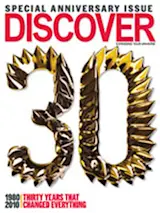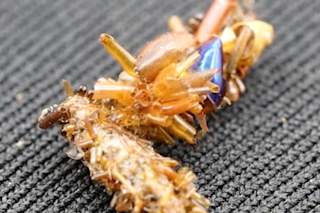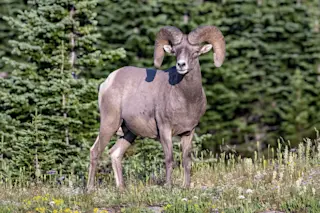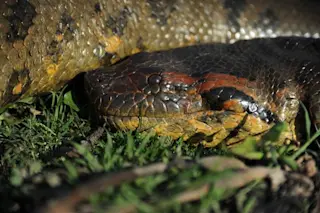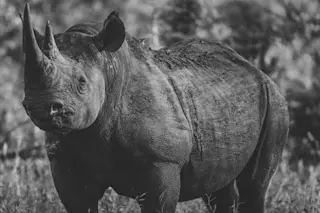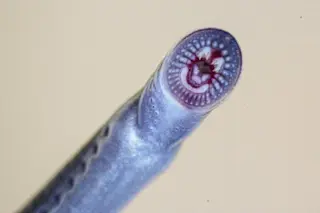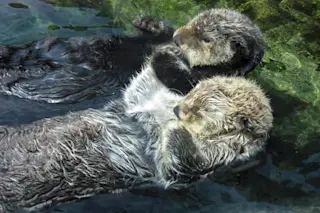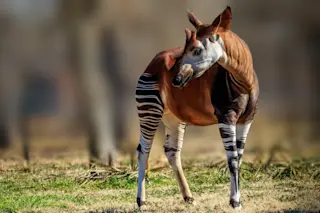Every schoolchild knew exactly what dinosaurs were like: tail-dragging, cold-blooded, lumbering lizards, dumb as a box of sedimentary rocks. The handful of new species discovered each year were mere scientific curiosities, more fodder for the kids’ books.
The last 30 years has turned all that on its head. Dinosaurs were hardly destined for extinction, it seems, and in a real sense they never went extinct at all. Each new dinosaur discovery seems to tell us that the megabeasts of yestermillennia are more closely related to the partridge than the Komodo dragon. Like birds, they ran in groups, cared for their young, were probably warm-blooded. And their tails? Up like tail feathers, mostly horizontal and off the ground. The idea that dinosaurs still walk among us—fly, really—was put forward by John Ostrom of Yale University in the 1970s, but it stayed an argument until the ever-growing mountain of evidence buried almost all controversy. In 1993 in the Gobi desert, remains of a Citipati (an ostrichlike dinosaur) were found brooding a nest of eggs. Skeletal studies revealed hundreds of similarities between modern birds and even the largest of dinosaurs: three-fingered hands, ankles up off the ground, holes in hip sockets. Then in 1995 diggers started uncovering bits of Sinosauropteryx and other feathered dinosaurs from the remarkable Liaoning province of China, culminating in 2000 with the discovery of an intact feather-covered dromaeosaur, a dinosaur with many of the physical traits of a bird. “It’s nailed shut,” says Jack Horner, curator of paleontology at Montana State University’s Museum of the Rockies. “Someone might say, ‘That’s wacky—look at the difference between a robin and a T. rex.’ There are lots of differences, yes, but you can only use similarities to determine relatedness. That’s a paradigm that shifted.”
As for the disappearance of the terrestrial ancestors of our birds, that part of the puzzle remains unsolved. Almost simultaneous with the birth of discover, physicist and Nobel laureate Luis Alvarez (along with his son, Walter Alvarez of the University of California, Berkeley) proposed that a giant asteroid impact killed off the dinosaurs by causing global firestorms and dust clouds that blotted out the sun. “Previously, hypotheses of extinction had centered on slow declines, competition from mammals, plant chemistry, and so on,” says Darren Naish, a paleontologist at the University of Portsmouth in England. Thirty years later everyone agrees that a large asteroid did indeed hit the Yucatán peninsula 65 million years ago, just around the time of the dinosaurs’ demise, but the consequences are not as clear-cut as many scientists assumed a decade ago. Perhaps it merely finished off the last of the earthbound dinos after a long decline in diversity. Says Horner: “I would say that it certainly might have.”
Michael Abrams is a freelancer and former DISCOVER editor who has written for Wired, IEE Spectrum and National Geographic Adventure.


